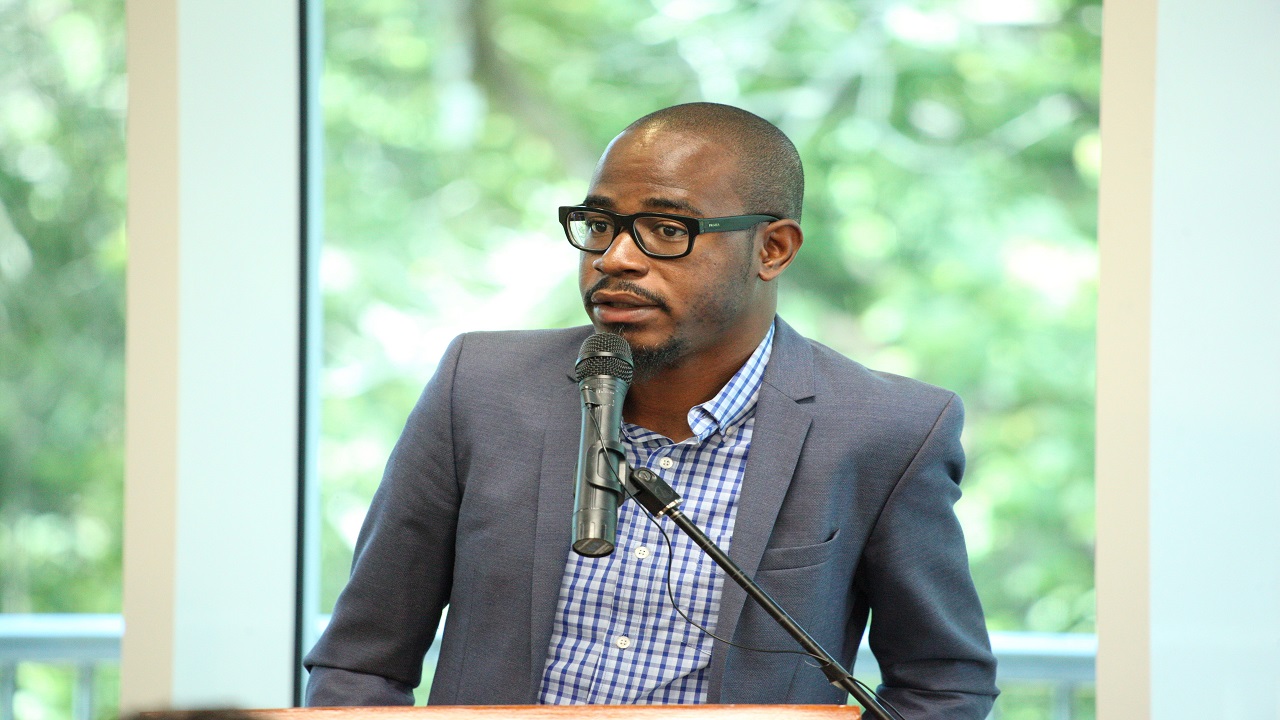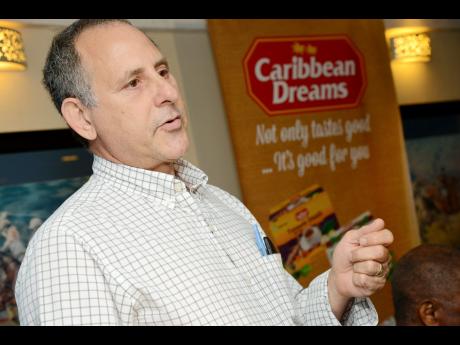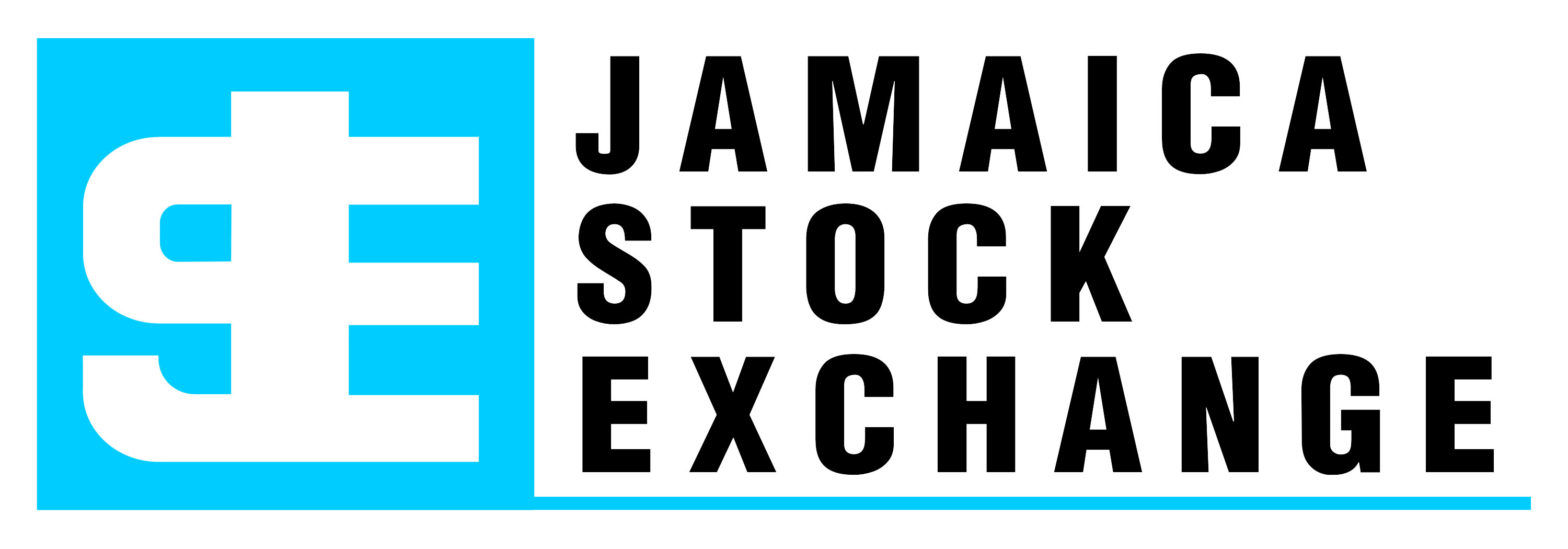
Mobile communications leader Digicel knows how to promote. It seems one can hardly turn (even on the Web) these days without seeing or hearing some mention of its new 4G service. The service had been subject of speculation and talk within the industry and corporate circle for over a year, and CEO Mark Linehan actually called it the most important development in the company’s history since Digicel launched in Jamaica nearly a decade ago.
 That’s saying a lot, but what is really happening here? An appropriate start would centre on the question: What exactly is 4G? It is a broadband Internet connection, which Webster’s online dictionary defines as “A class of communication channel capable of supporting a wide range of frequencies, typically from audio up to video frequencies.”
That’s saying a lot, but what is really happening here? An appropriate start would centre on the question: What exactly is 4G? It is a broadband Internet connection, which Webster’s online dictionary defines as “A class of communication channel capable of supporting a wide range of frequencies, typically from audio up to video frequencies.”
As opposed to a classic or regular communication channel, such as the telephone line, a broadband channel can carry multiple signals by dividing the total capacity into multiple, independent bandwidth channels, where each channel operates only on a specific range of frequencies.
So broadband simply means that the user will be connected to the Web at a faster speed, The alphanumeric designation 4G signifies 4th Generation, which represents an advancement over 3G, or 3rd Generation broadband.
————————————————————————————————————————————————

Advertisement
————————————————————————————————————————————————
Sounds good and, despite the inevitable variances in speeds among actual users, the experience (as had by this writer) is more than satisfactory thus far. But consider: the 4G service is not, strictly speaking, a mobile service. Although a USB-based portable connection is being made available (not commercially yet, though some users already have one) the rollout product is a thin elegant tower modem that works as a standalone or connects to a laptop or desktop.

Digicel execs (shown here in recent launch photos) tout the new service as the way to “go beyond just the phone” and argue that present 4G mobile devices would cost too much to attract a significant number of consumers (In the US, Sprint is the only carrier presently pushing 4G phones; the Japanese are significantly ahead).
Hmmmm. Interesting. Again, Digicel execs tout the new service as the way to “go beyond just the phone” and argue that present 4G mobile devices would cost too much to attract a significant number of consumers (In the US, Sprint is the only carrier presently pushing 4G phones; the Japanese are significantly ahead).
But given Digicel’s significant, if not industry-leading push with the BlackBerry Smartphone beginning about two years ago, did the mobile giant miss a significant opportunity to put it footprint firmly into the 4G landscape? Would not a higher penetration of Smartphone’s, driven by greater incentives (free and otherwise) have paved the way for 4G mobile service, rather than divert the brand away from the phones with which it has become so indelibly associated in the minds of consumers? Digicel’s own stated 4G coverage capacity is 60% of the population, which means that a significant number of cell users will be excluded anyway because they are out of coverage zones.
Meanwhile Smartphone’s, led by the BlackBerry, have become ever more prevalent, and to the point of being quoted in the pop culture (plays and dancehall songs) and usage has migrated way beyond the corporate confines that marked its advent several years back.
Expectedly, no numbers are yet being proffered by Digicel on the take-up of the new 4G, but the company is aggressively promoting the product through all channels, with the usual special offers and giveaway’s. Will it be enough? Time will tell, but the 4G may or could prove to be a historical watershed of the kind that the company -as it heads into its 10th anniversary – would rather forget than celebrate.

 Businessuite News242 weeks ago
Businessuite News242 weeks ago
 Businessuite Women6 days ago
Businessuite Women6 days ago
 Businessuite News242 weeks ago
Businessuite News242 weeks ago
 Businessuite News24 International2 weeks ago
Businessuite News24 International2 weeks ago
 Corporate Feature2 weeks ago
Corporate Feature2 weeks ago
 Businessuite Markets2 weeks ago
Businessuite Markets2 weeks ago
 Business Insights1 week ago
Business Insights1 week ago
 Businessuite Women3 weeks ago
Businessuite Women3 weeks ago











